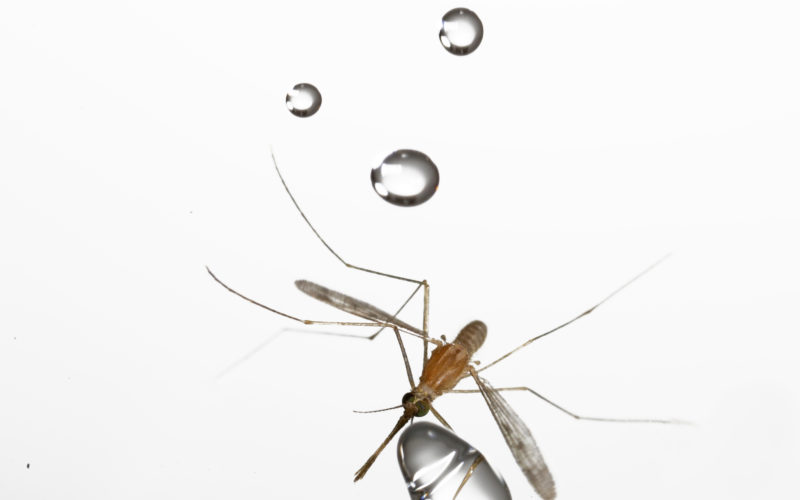Bug balm makes bug bites more tolerable
AMANDA BANCROFT
Making Ripples
At the height of summer, “bugs” are having a lot of “fun.” They are engaged in an almost unimaginable variety of little lives, and for some of them, we are their grocery store, barbecue grill and restaurant! There are many ways to avoid involuntarily becoming food for insects, but if you get bit, there are natural ways to stop the itch, too.
Sometimes non-repellent deterrents are not enough, especially since mosquitoes can bite through tight denim jeans. Enter insect repellent. If you feel creative, you might choose a natural homemade insect repellent recipe online and try it out for yourself. There are also store-bought natural repellents you can test to see if they do the trick. Have you ever found a tick, put it on a rock, sprayed some samples of natural repellents and watched to see if the tick avoided any of them? Fun times!
It’s good to be aware that natural repellents walk the line between risk from exposure to DEET and risk of exposure to tick-borne, mosquito-borne illnesses because based on scientific studies, natural repellents are less effective than the not-even-foolproof DEET-containing varieties. That said, I deploy a variety of methods to avoid getting bitten (including strategies discussed in previous columns) in addition to using a natural insect spray called Buzz Away Extreme DEET-Free by Quantum Health. This product contains various oils, including castor, geranium, soybean, cedarwood, citronella, peppermint and lemongrass. Still, sometimes I forget to apply it or I get one or two bites despite spraying thoroughly.
What if your choice of repellent doesn’t work and now the bug bites are driving you crazy?
Baking soda and water make a great paste for drying out bites and eliminating the itch. Using a shallow, small dish or bowl, pour in a couple of teaspoons of baking soda. Slowly add drops of water and test the consistency, adding more water until it forms a paste. It’s ready when a glob of it sticks to your skin. Apply it generously to the bites, and plan to be inactive as much as possible while the paste dries (it can be dislodged and fall off very easily). Try not to wear the paste in public; if you do, people will almost certainly be distancing from you, the person covered in white spots — although right now that may be a bonus!
Baking soda paste is wonderful just before you go to sleep so it’ll have a chance to dry and prevent the itch from keeping you awake. Another quick, less messy option is a small ice pack which numbs itchy areas. But what do you do when you’re active during the daytime? One highly portable option is called the Bug Bite Eraser from Verditas by Pranarom. It’s about the size of a large lip gloss and will easily fit in pockets and purses. It’s made of organic essential oils including clove, tea tree, lavender and peppermint, and it apparently makes the skin feel minty fresh, although I have not experienced any sensation). As you may have guessed, it does have a strong smell, but it is not unpleasant. This clear liquid rolls onto skin via a ball applicator in the tip.
Although this may be impossible to achieve, don’t scratch bug bites, or at least reduce how often you do, because this makes itching worse and could cause infection. Perhaps the best way to reduce itching is to distract yourself with something fun.
Amanda Bancroft is a writer, artist and naturalist living in an off-grid tiny house on Kessler Mountain. She and her husband Ryan blog about their adventures and offer tips to those wanting to make a difference at www.RipplesBlog.org.










